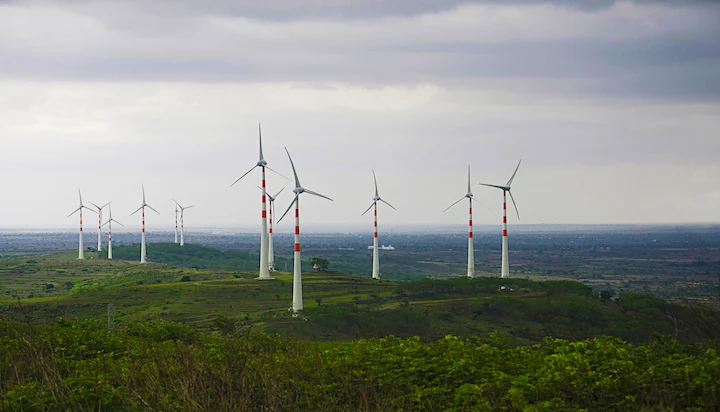The union government plans to launch a comprehensive green hydrogen mission in two months to take forward the green hydrogen policy announced in February, officials familiar with the development said.
The mission is expected to announce a green hydrogen purchase obligation in fertilizer production and petroleum refining, akin to renewable purchase obligations (RPO).
Noting that the national green hydrogen policy outlined the “preparatory measures”, an official said: “What we will have is a full-fledged national green hydrogen mission; hopefully in two months.”
The mission is also expected to list the sectors that will have to start using green hydrogen on a voluntary basis and a roadmap for sectors such as fertilizer and petrochemicals to use the green fuel mandatorily.
“Green hydrogen/green ammonia shall be defined as hydrogen /ammonia produced by way of electrolysis of water using renewable energy; including renewable energy which has been banked and the hydrogen/ammonia produced from biomass,” the power ministry said in a notification at the launch of the policy in February.
The Centre unveiled the green hydrogen policy, promising cheaper renewable power, fee waiver for inter-state power transmission for 25 years for projects commissioned before June 2025, land in renewable energy parks, and mega manufacturing zones to help local industries wean themselves off fossil fuels.
The policy, aimed at promoting green hydrogen and green ammonia, also spoke of facilitating the ‘banking’ or storage of green power, where a green power producer can save surplus renewable power with an electricity distribution company for up to 30 days. It also envisages building bunkers near ports to store green ammonia for exports.
Amit Kumar, partner and leader, power and utilities mining at PwC India said given the stress on developing bunkers near ports, the mission may also put emphasis on exports of green hydrogen.
“A major component is the storage part. They have mentioned in the policy that the bunkers should be created near the ports, which essentially means that the intent is to export it. So they will have to clearly mention how this export would be done, through green hydrogen or green ammonia or green methanol. In what form it would be done,” he said.
After the announcement of the National Green Hydrogen Mission by Prime Minister Narendra Modi in August 2021, there has been a serious push on both policy and industry on green hydrogen.
Industrialists Mukesh Ambani and Gautam Adani have already announced mega green hydrogen projects to decarbonize their businesses. Several other companies have also announced their foray into the segment.
Green hydrogen is generated by breaking down water in an electrolyzer. The hydrogen produced can be combined with nitrogen to make ammonia, avoiding hydrocarbons in the production. Green ammonia is used to store energy and in fertilizer manufacturing. India has set a target to produce 5 million tonnes (mt) of green hydrogen by 2030. Over the next decade, the government plans to add 175 GW of green hydrogen-based energy.
Rohit Ahuja, head of research and outreach, ICRA said the ambitious plan to boost green hydrogen production and use would succeed only if the cost of green hydrogen comes down, which he said would be possible by facilitating cheaper and mass production of electrolyzers.
Source: livemint.com









